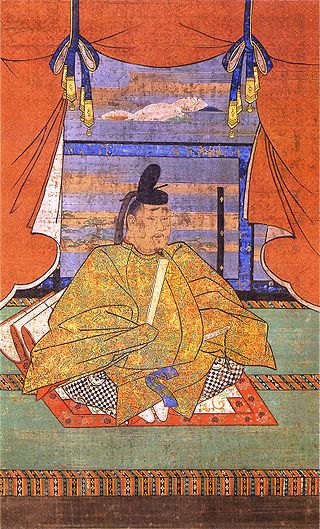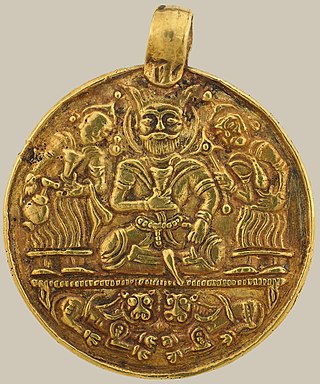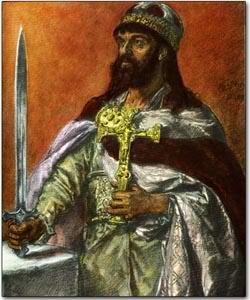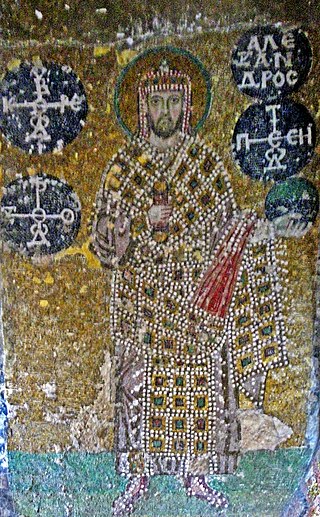This article needs additional citations for verification .(June 2023) |
| Millennium: | 1st millennium |
|---|---|
| Centuries: | |
| Decades: | |
| Years: |
| 930 by topic |
|---|
| Leaders |
| Categories |
| Gregorian calendar | 930 CMXXX |
| Ab urbe condita | 1683 |
| Armenian calendar | 379 ԹՎ ՅՀԹ |
| Assyrian calendar | 5680 |
| Balinese saka calendar | 851–852 |
| Bengali calendar | 337 |
| Berber calendar | 1880 |
| Buddhist calendar | 1474 |
| Burmese calendar | 292 |
| Byzantine calendar | 6438–6439 |
| Chinese calendar | 己丑年 (Earth Ox) 3627 or 3420 — to — 庚寅年 (Metal Tiger) 3628 or 3421 |
| Coptic calendar | 646–647 |
| Discordian calendar | 2096 |
| Ethiopian calendar | 922–923 |
| Hebrew calendar | 4690–4691 |
| Hindu calendars | |
| - Vikram Samvat | 986–987 |
| - Shaka Samvat | 851–852 |
| - Kali Yuga | 4030–4031 |
| Holocene calendar | 10930 |
| Iranian calendar | 308–309 |
| Islamic calendar | 317–318 |
| Japanese calendar | Enchō 8 (延長8年) |
| Javanese calendar | 829–830 |
| Julian calendar | 930 CMXXX |
| Korean calendar | 3263 |
| Minguo calendar | 982 before ROC 民前982年 |
| Nanakshahi calendar | −538 |
| Seleucid era | 1241/1242 AG |
| Thai solar calendar | 1472–1473 |
| Tibetan calendar | 阴土牛年 (female Earth-Ox) 1056 or 675 or −97 — to — 阳金虎年 (male Iron-Tiger) 1057 or 676 or −96 |

Year 930 ( CMXXX ) was a common year starting on Friday of the Julian calendar.






